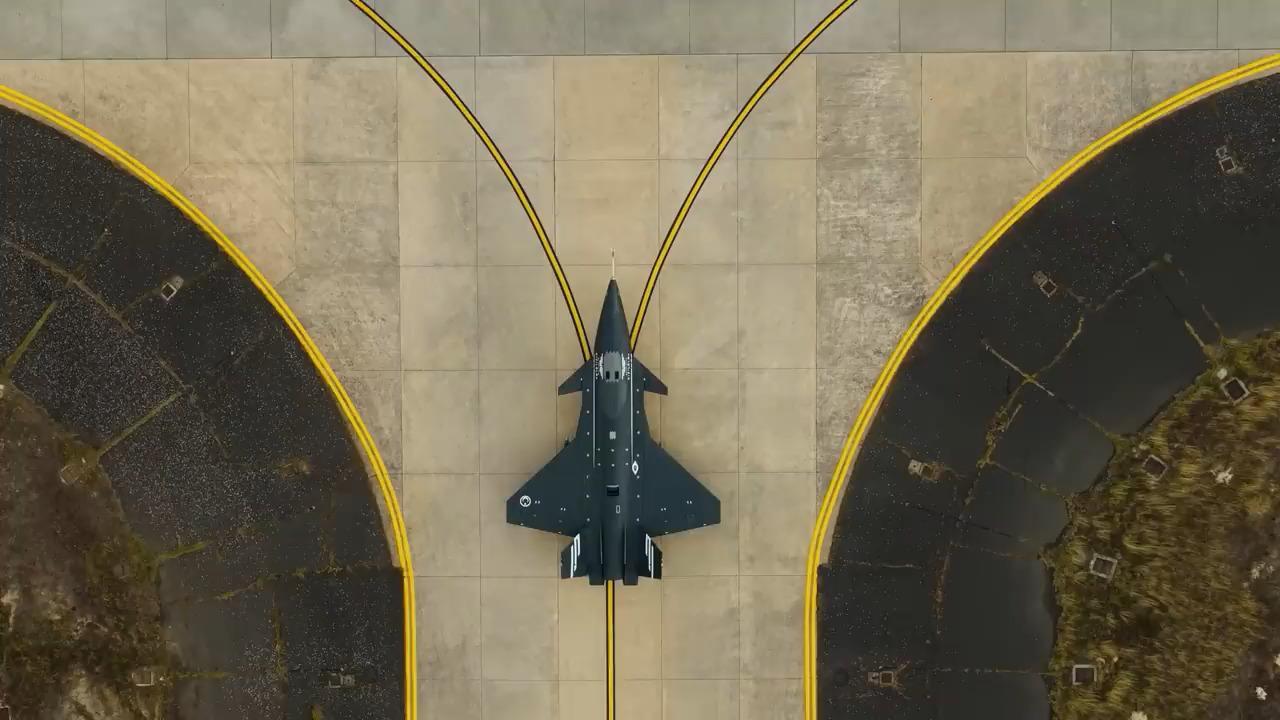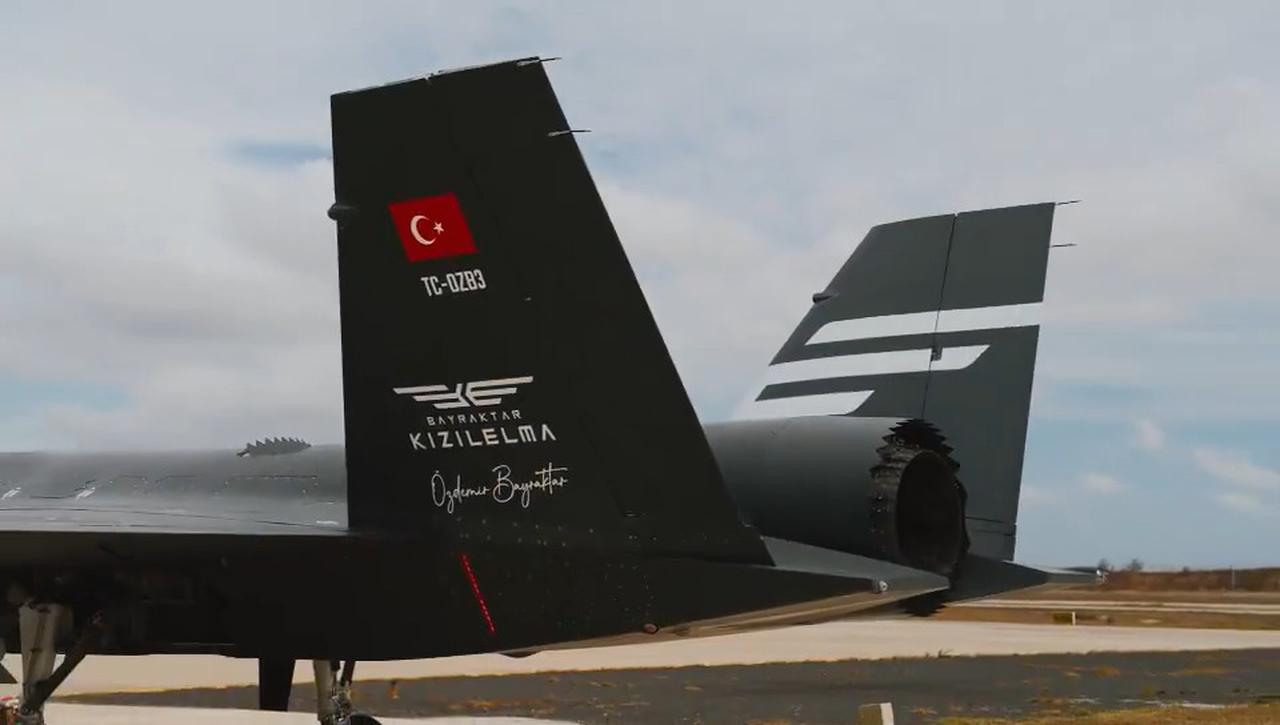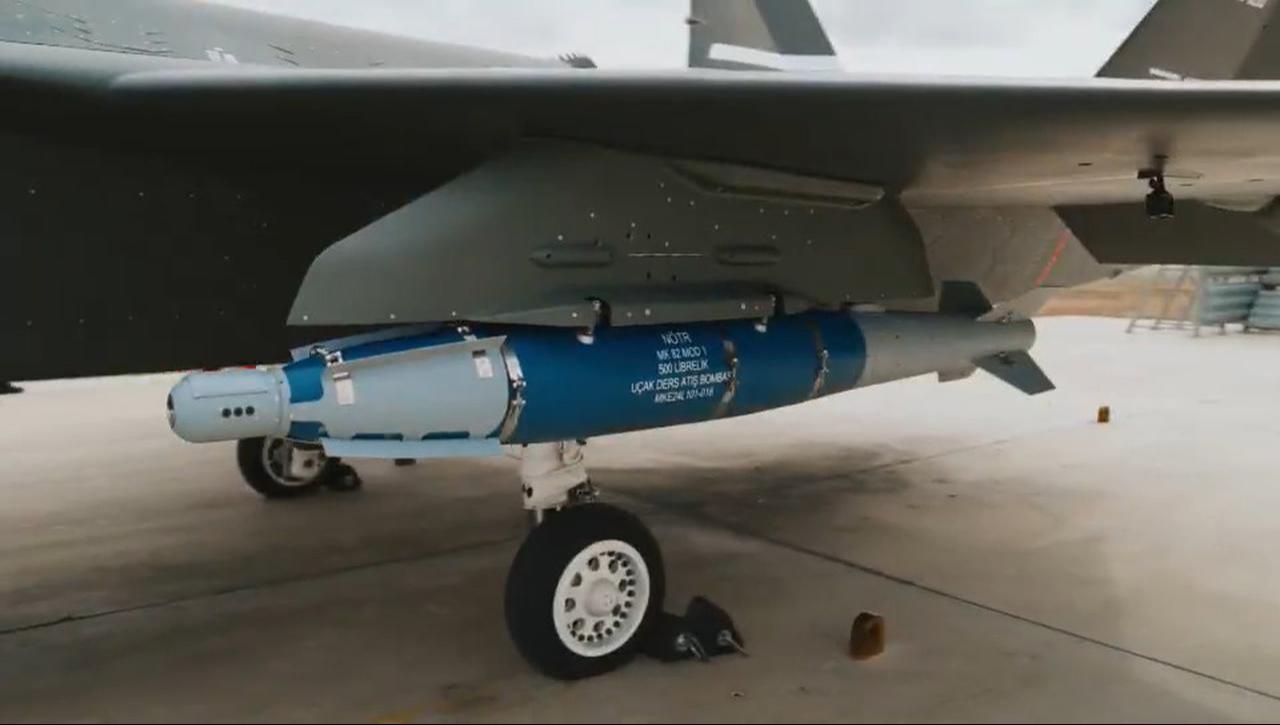Baykar's Kizilelma unmanned fighter aircraft has completed its second captive munition flight test, this time carrying Roketsan's TEBER-82 500-pound laser and GNSS-guided bomb, according to test footage shared on social media by the manufacturer on Thursday.
The test follows an earlier captive munition flight with Aselsan's TOLUN small-diameter bomb. Two TEBER-82 guided bombs were mounted on external hardpoints of the Kizilelma PT-3 prototype during the test.

The selection of the TOLUN and TEBER kits for initial tests indicates Kizilelma's munition testing will begin with unpowered munitions due to simpler integration requirements. Powered munitions including air-to-surface missiles such as CAKIR and UAV-230 are expected to follow.
Air-to-air missile tests will commence after the integration of sensors, including the MURAD AESA radar and the KARAT 100 infrared search and track system.

The TEBER-82 combines laser and GNSS guidance for fire-and-forget capability against static targets and effectiveness against moving targets. The kit is compatible with all Mk-80 series general-purpose bombs.
For Mk-82 500-pound bombs, TEBER-82 is available in three configurations:

According to Baykar, the Kizilelma Fighter UAV is being "developed fully within Turkish borders" with consideration for "a future where air combat will be dominated by unmanned technology."
The unmanned fighter features:
Baykar states the Kizilelma "will be a force to be reckoned with, specifically given its aggressive maneuvering capability and stealthiness against radar."
The aircraft will be capable of taking off and landing on short-runway aircraft carriers and carrying internally-mounted munitions. The system features low radar cross-section, high maneuverability, and high situational awareness with AESA radar.
Technical specifications include:
The fighter UAV payload options include electro-optical targeting systems, infrared search and track systems, multi-mode AESA radar, laser-guided munitions, missiles, and long-range cruise missiles. Baykar indicates subsonic, transonic, and supersonic versions are planned.